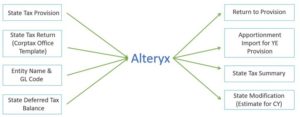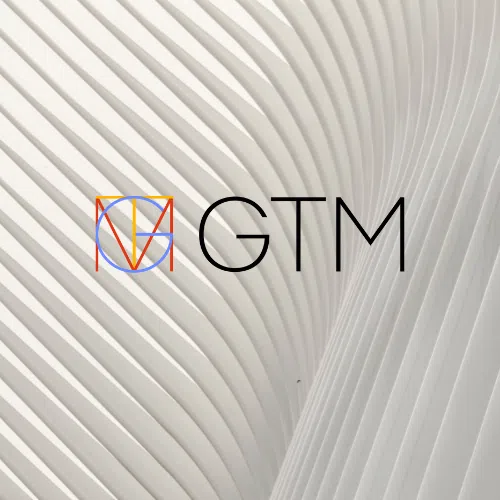As companies wrap up tax compliance, tax professionals are coming up to the surface for a breath of fresh air. For most of us, this break will be short-lived, though, as calendar year companies turn their attention towards year-end readiness and prepare for the complexities involved in the tax provision calculations.
The provision process for many companies is one with a tight close calendar and short turnaround time. Because of this, efficiency and automation have become a priority for tax departments. They are constantly searching for ways to streamline the close process with data tools like Alteryx and Power BI, and tax provision software including Corptax Provision.
As you consider the options available for automation, look closely at the calculation of the state return to provision (RTP). The state RTP has always been a tedious process, mostly due to the sheer volume of state tax returns filed by a US entity. Depending on the US entity’s state presence and the number of legal subsidiaries within its organizational chart, the tax department may have to endure the long and arduous process of pulling hundreds of tax returns and manually extracting the necessary key data used to record the RTP, such as:
- Income and franchise tax
- State tax due or overpayment
- State temporary differences such as depreciation and interest
- State apportionment
- Net operating loss utilized or generated
If your company licenses Corptax US Compliance and Corptax Office, you may want to consider a solution available to automate the state RTP through the use of Corptax Office combined with its posting process.
Corptax Office
Many users are already familiar with Corptax Office, which is an excel add-in connected to Corptax through the use of Corptax-specific Excel functions. By establishing a connection between Excel and Corptax, users can push and pull live data to and from the system. Once the initial formulas and templates are created, refreshing data becomes straightforward, giving users a live look at what is in the system without the need to re-run specific reports that would retrieve the same data.
Another benefit of using Corptax office is its flexibility within Excel, as there is no specific template required to make the functionality work. Users need only to include the correct context such as entity code, location, case, year and account. While there are many use cases for Corptax office, in practice we see companies build templates to retrieve or post items such as book to tax differences, earnings and profits, state apportionment & modifications and form 5471 schedule M activity.
Corptax Posting Process
Corptax US Compliance includes a function known as posting. The purpose of posting is to take “calculated” data from the tax returns and post the amounts to a specific account within Corptax. The benefit of this process is that it takes amounts that represent a calculation of multiple accounts (such as taxable income,) and posts to the database, which gives users the ability to query and analyze in a more efficient way.
The type of tax return will dictate the account used for posting. Most federal accounts begin with an “FE” while most state accounts begin with a “WE”. As tax returns are prepared and posted, key information including taxable income, tax, and amounts due are posted to the proper account in the database. While posting can be performed manually, most users opt to turn the posting option on at the beginning of compliance season, which automates posting without the need to perform this function separately.
Automating the RTP
The good news is that through the integration of Corptax office and the posting process, tax departments have the opportunity to save hours, or even days, on the return to provision calculation. This is done by first posting tax return data and then building Corptax office templates that pull relevant accounts (i.e., WE accounts) into the template. Companies can get quite creative with the flexibility of this process and take it a step forward by integrating data management products such as Alteryx. Among other things, Alteryx can quickly relate data from various sources, manipulate its structure, perform complex calculations and create useful reports in an automated fashion based on user-configured logic.
The following flowchart illustrates how through the use of Alteryx, companies can leverage inputs such as Corptax office files, state provision reports and entity information to efficiently generate not only the return to provision, but other useful reports such as management summaries and estimated state information used in the current year’s provision such as state apportionment and modification imports:
After the implementation of this workflow, you can save considerable time on data gathering and use your time more efficiently for high priority items such as planning and analysis. The configuration of this process will vary depending on the software or templates used for tax provision purposes; however, the flexibility of both Corptax office and Alteryx make it easy to implement, regardless of your process.
For more information that can help you get through a busy compliance season, contact us.
GTM’s tax automation services team are experts in implementing, enhancing, and maintaining tax technology for large, multinational organizations. We take a flexible, individualized approach, working side-by-side with you to address your specific challenges and implement value-added solutions in all tax functional areas. Our tax automation services focus on Corporate Tax Software Implementation & Enhancements; Data Management & Business Intelligence; Tax Collaboration Technologies; and Process Assessment & Automation.




